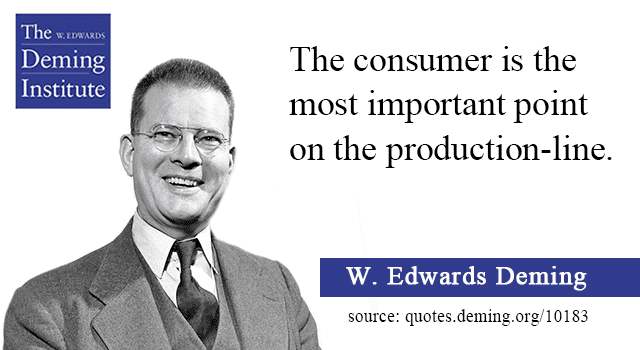Guest post by John Hunter, author of the Curious Cat Management Improvement Blog (since 2004).
It struck me today, after a failed attempt to get customer service from a company, that the reason had to do with their view of what they aimed to do (which determined how they designed their systems).
The website failed due to a bug. It is sometimes possible to find ways around bugs. This bug had to do with the site requesting my login details with a popup screen. When I provided the details the screen just requested them again. If I entered in the wrong password it failed and gave a message stating the login failed, which seems to indicate the other login was right but their website failed to process it properly. Next I logged into the account prior to attempting what I did before and it still asked for my login details.
Such poorly coded websites are frustrating but not all that uncommon in my experience. So I tried support via Twitter which has worked sometimes in the past but didn’t this time (they have not replied). I then found a way to get support via chat on their website. So I did that and then reached a point where they said they couldn’t fix it, it had to be escalated to others to fix.
And at that point they said the organization would only continue by phone. I have had this happen several times at different organizations. I realized today that what is going on is they are thinking about how it is easiest for them to operate. Then they tell you to mold yourself to the red tape they created. They think it is easiest for them to just have you talk on the phone so that is what they require.
The excuse given for this is often that “we might need to interact with you in real time” (so for example, ask the customer to try x and then see what happens and then based on that decide what to do next). Ok, that seems sensible. Of course, nothing prevents that from being done via chat, other than the company’s decision to not use chat in this case. And I can’t recall a time when I did call when I even had to provide any details I hadn’t already written in email or chat. And no interactive process has been needed. This time I just gave up on the company. Other times, due to how much I needed the company to fix whatever I was dealing with, I had to spend my time coping with the extra waste the company required.
I am confident their claims that they might need to have real time interaction proves to be true sometimes, it just also doesn’t sometimes. And it is easiest for them to just force customers to follow the processes that are easiest for them. This may be a logical way for the company to act if they are focused on reducing as much as possible the time spent by their senior representatives (including having many customers just give up). If their focus was on how to best serve a customer that has already had their time wasted by failures of the organization I don’t see how they could act as they do.
They obviously have the ability to read what was already written and act. In my experience it has always been a matter of the staff person not having the knowledge to act or not having the authority to fix the issue (in the example today the representative knew a way to get me what I needed by sending me an authorization code, but they didn’t have the authority to do it).
In my experiences, it hasn’t been an issue of more troubleshooting being needed. I would not be surprised if my experiences are significantly different from typical experiences. I usually don’t have difficulty figuring out the problem and providing any details they might need from me to address the issue. But they have designed the system to make their lives easier on average and not on doing so for customers so I am told to next talk on the phone and provide all the same information I already did, but this time on the phone to a new person, as I waste more of my time.
Companies must design systems to manage their workloads. But when they lose track of what should be the primary aims (providing value to customers and working to continually improve their organization) they often end up focusing on things like reducing the time spent by their senior customer support personnel.
Related posts: Product and Service Innovation is Driven by Customer Focused Organizations – Continually Improving Using a Focus on Delighting Customers – User Gemba – Using Customer Feedback to Drive Continual Improvement



